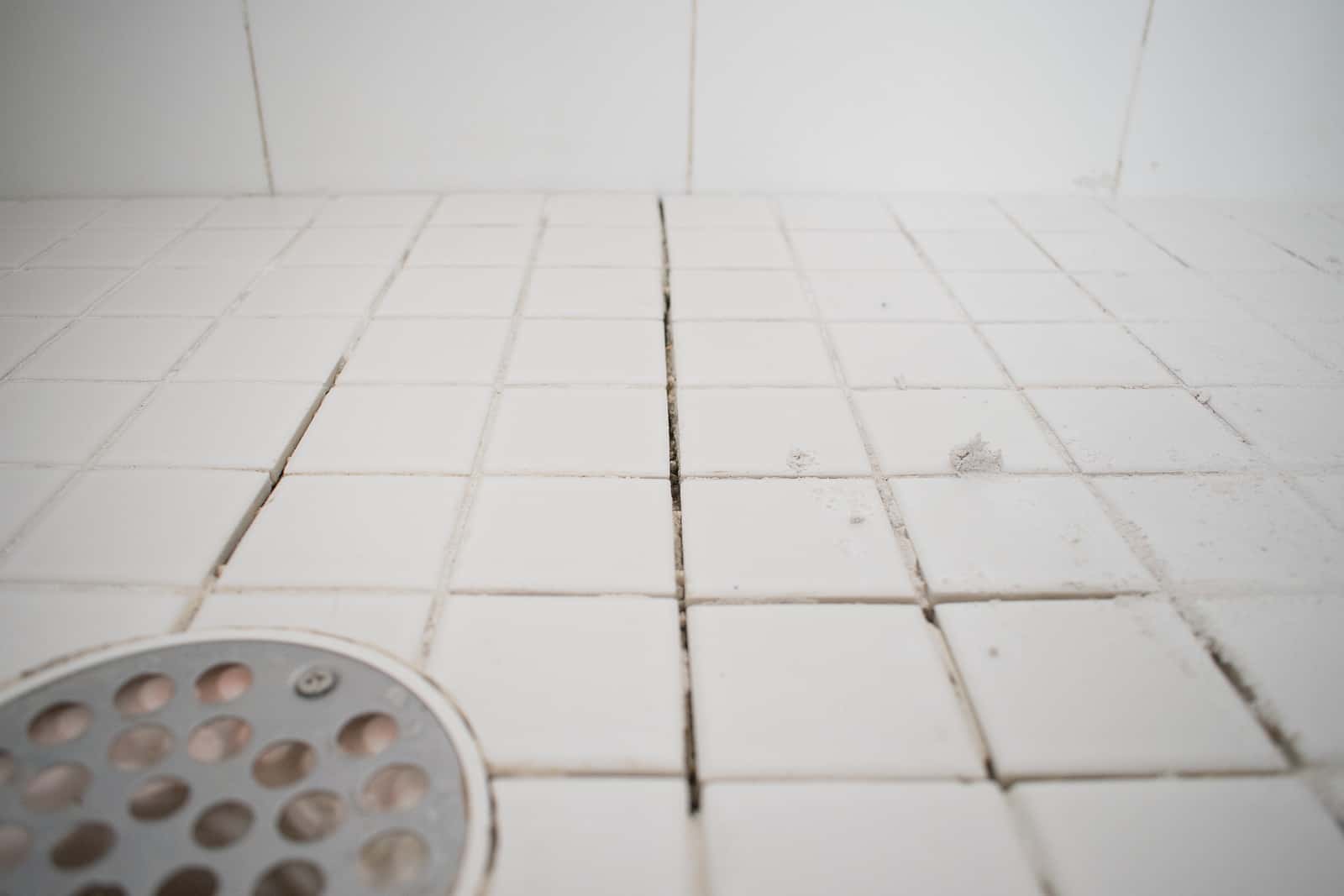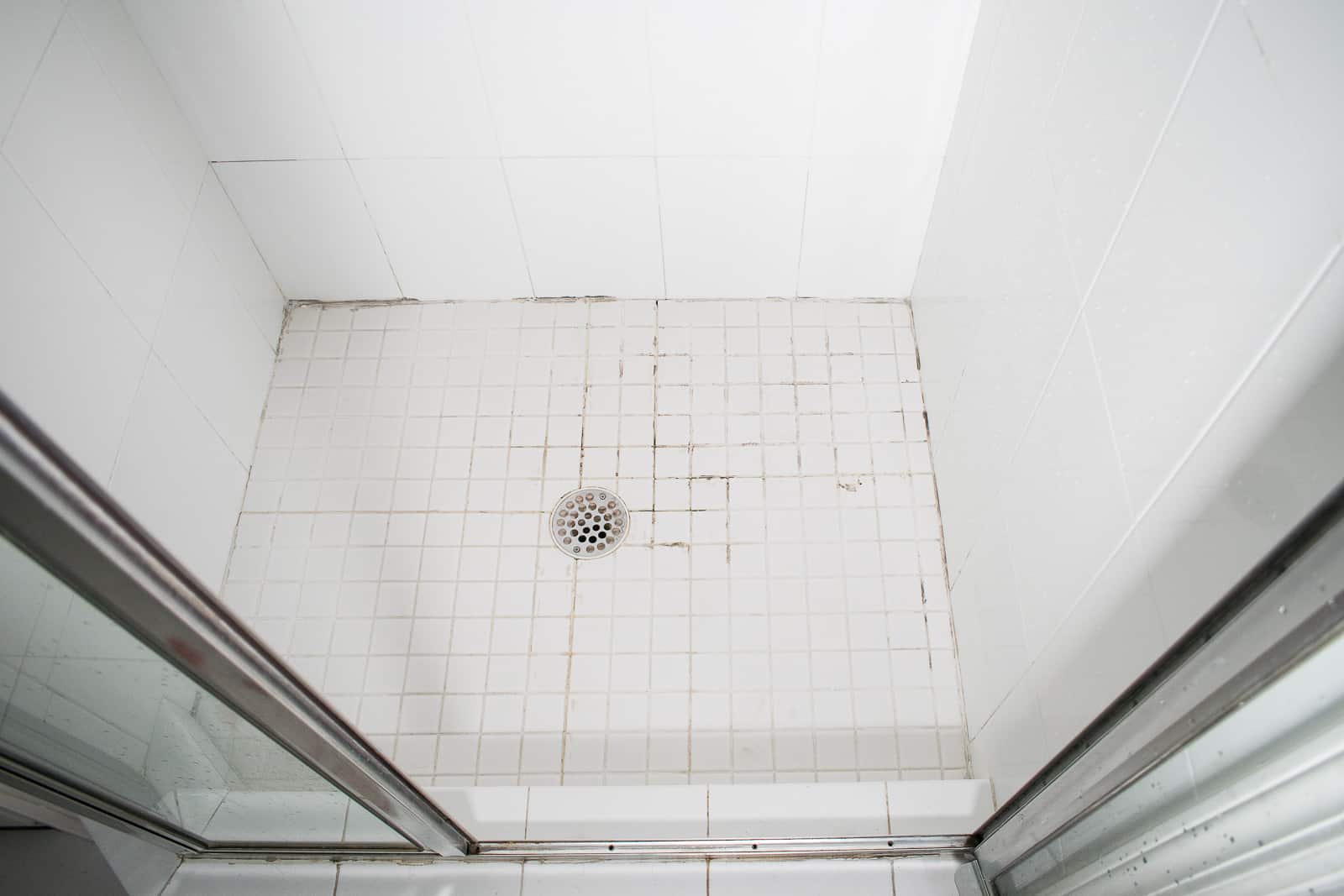Causes of Bathroom Floor Grout Cracking

Cracked grout in bathroom floors is a common problem that can lead to water damage, mold growth, and an unsightly appearance. Several factors can contribute to this issue, and understanding these causes can help prevent future cracking.
The Impact of Moisture and Humidity
Moisture and humidity are major culprits in grout deterioration. Bathrooms are inherently humid environments, and water splashes, steam from showers, and condensation can all contribute to excessive moisture. When grout absorbs moisture, it expands and contracts repeatedly, leading to stress and eventually cracking.
The Role of Improper Installation Techniques
Improper installation techniques can significantly increase the likelihood of grout cracking. This includes:
- Insufficient mixing time: Not mixing grout properly for the required time can result in a weak and porous grout that is more susceptible to cracking.
- Applying grout too thick: Applying grout too thickly can lead to uneven drying and cracking as the grout shrinks.
- Inadequate compaction: Failing to compact the grout properly can create air pockets that weaken the grout and make it more prone to cracking.
- Not allowing sufficient curing time: Grout needs adequate time to cure and harden. If it is exposed to water or traffic too soon, it can crack.
The Effects of Using Low-Quality Grout Materials, Bathroom floor grout cracking
Low-quality grout materials are more prone to cracking due to their poor durability and resistance to moisture. Cheap grout may lack the necessary additives and binders that give high-quality grout its strength and flexibility.
The Influence of Movement in the Floor Structure
Movement in the floor structure, such as settling or expansion and contraction due to temperature changes, can put stress on the grout, causing it to crack. This is particularly relevant in older homes where the foundation may have shifted over time.
Identifying Grout Cracking Issues

Once you’ve determined that your bathroom floor grout is cracked, it’s time to assess the severity of the problem. This will help you decide whether you can fix it yourself or if you need to call in a professional.
Visual Inspection of Grout Cracks
Start by taking a close look at the grout lines. Are there any cracks that are wider than 1/8 inch? This is a good indicator that the cracks are more than just superficial and could be a sign of deeper issues.
Determining the Severity of Grout Cracking
To determine the severity of grout cracking, consider the following:
- Crack Size and Width: Wider cracks are more serious and may indicate structural issues. Cracks less than 1/8 inch wide are often cosmetic and can be easily repaired.
- Crack Depth: Deep cracks are more difficult to repair and may require professional help. A simple test can help determine the depth. Use a small, sharp tool, such as a screwdriver or a utility knife, to gently probe the crack. If the tool goes in easily, the crack is likely deep.
- Number and Location of Cracks: A few isolated cracks are less concerning than numerous cracks throughout the grout lines. Cracks concentrated in one area may indicate a localized issue, such as a problem with the subfloor.
- Grout Condition: Examine the grout for signs of discoloration, crumbling, or loose pieces. These are additional indicators of deterioration and may require more extensive repair.
Assessing the Depth of Cracks
To assess the depth of cracks, you can use a few simple techniques:
- Visual Inspection: Look closely at the cracks. If you can see the underlying tile or subfloor, the crack is likely deep.
- Probe with a Tool: Gently insert a small, sharp tool into the crack. If it goes in easily, the crack is likely deep.
- Tap Test: Tap lightly on the cracked grout with a hammer or screwdriver. If you hear a hollow sound, the crack is likely deep.
Types of Grout Cracks and Potential Causes
| Type of Crack | Potential Causes |
|---|---|
| Hairline Cracks |
|
| Wider Cracks |
|
| Crumbling Grout |
|
Repairing and Preventing Grout Cracking
Repairing cracked grout in your bathroom floor is a relatively simple DIY project that can enhance the appearance and longevity of your bathroom. By following a few steps, you can effectively repair the cracks and prevent future damage.
Repairing Cracked Grout
Before you start repairing cracked grout, it’s important to clean and prepare the area properly. This ensures that the repair material adheres well and lasts longer.
- Clean the Grout: Use a grout cleaning solution or a mixture of baking soda and water to scrub the grout lines thoroughly. This will remove dirt, grime, and any loose or crumbling grout. Rinse the area well with clean water and allow it to dry completely.
- Prepare the Cracks: Use a utility knife or grout saw to widen and deepen the cracks slightly. This will allow the repair material to penetrate the crack more effectively. Remove any loose debris or old grout from the cracks.
There are several methods for filling cracks in grout, each with its own advantages and disadvantages:
- Grout: This is the most common method for repairing cracked grout. Choose a grout color that matches the existing grout. Apply the grout using a grout float, pressing it firmly into the cracks. Wipe away any excess grout with a damp sponge. Allow the grout to dry completely before using the bathroom floor.
- Epoxy: Epoxy is a stronger and more durable option than grout. It is particularly useful for repairing cracks in high-traffic areas. Apply epoxy according to the manufacturer’s instructions. Make sure to wear gloves and protective eyewear, as epoxy can be harsh on the skin.
- Caulk: Caulk is a flexible sealant that can be used to fill cracks in grout. It is often used in areas where movement is expected, such as around shower stalls or tubs. Apply caulk using a caulk gun, smoothing it with a damp finger or a caulk tool. Allow the caulk to dry completely before using the bathroom floor.
Preventing Future Grout Cracking
Regular maintenance and proper cleaning are essential for preventing future grout cracking. Here are some tips:
- Clean Regularly: Sweep or vacuum your bathroom floor regularly to remove dirt and debris that can accumulate in the grout lines. Clean the grout with a grout cleaner or baking soda and water mixture at least once a month.
- Seal the Grout: Apply a grout sealant to protect the grout from moisture, stains, and mildew. Sealing the grout helps to prevent it from absorbing water and expanding, which can lead to cracking. Reapply the sealant every 12-24 months, depending on the manufacturer’s recommendations and the amount of traffic in the bathroom.
- Avoid Harsh Chemicals: Avoid using harsh chemicals or abrasive cleaners on the grout, as they can damage the grout and make it more susceptible to cracking. Use a mild cleaner and a soft-bristled brush for cleaning.
